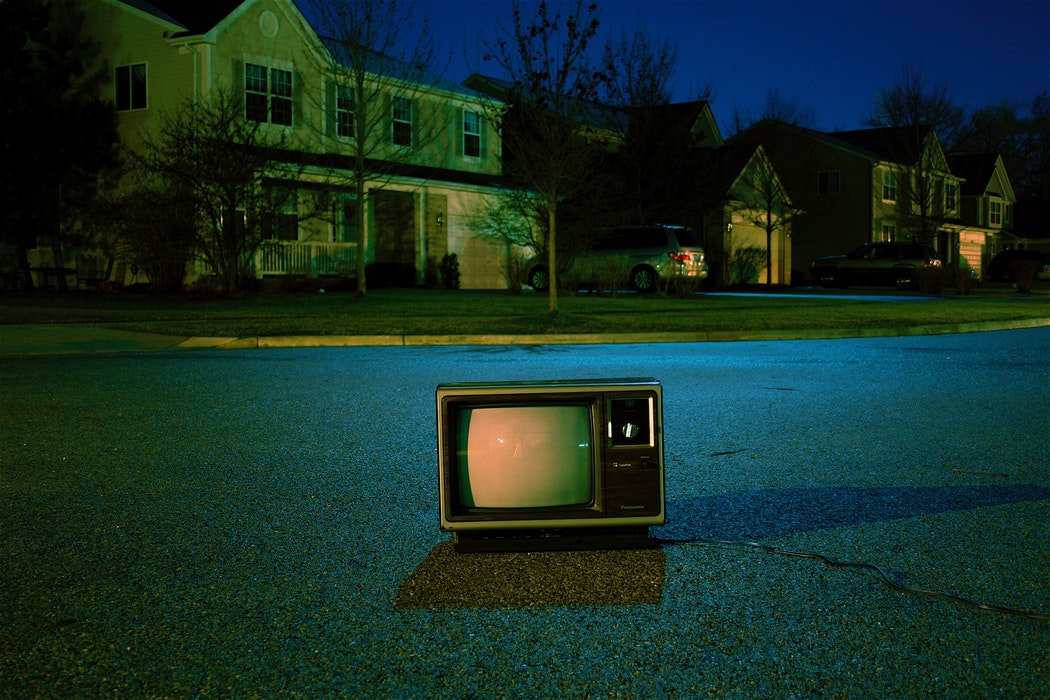Culture June 20, 2018
Only 90's kids will remember.


Looking back at the score of sitcoms and dramas that graced family televisions in the good ol’ 1990s, one might be tempted to think that diversity in television was booming — and it’s not naïve to think that, either. From “Family Matters” to “All-American Girl”, diverse family units dolloped major TV networks and let families of color see themselves on the big screen.
However diversity extends beyond color, and color extends beyond just Black and White. People like to see themselves represented in every aspect – from race to economic class to sexual orientation. Since the 90’s, this generation has seen television writers attempting to bring more representation to the small screen. Some shows have been especially monumental in this push for diversity in television.
“A Different World” was one of the first television shows to follow students at a Historically Black College/University (HBCU). It showed many young Black people the possibility of going to a university and not feeling like a minority. Along with Spike Lee’s “School Daze,” this series painted HBCUs in a new, invigorating light.
While Reginald VelJohnson hesitates to say the show was groundbreaking, “Family Matters” was different from many other Black family sitcoms in that the Winslow’s weren’t rich. They were a genuine blue-collar family that many other people related to.
“The Real World” was the first show to air “a same-sex commitment ceremony,” and they were consistent with their diverse cast members each season. Pedro Zamora, one of the grooms, was a Cuban-American living with AIDS and advocating for the education of people regarding the disease. He passed away the day after the show stopped airing, but his impact is long-lasting in television’s LGBTQ+ history.
When Ellen Degeneres came out on national television, the cultural shock resonated throughout the nation. While the famous “Puppy Episode” received backlash, DeGeneres asserted that part of why she wanted to air this episode was for herself and to increase the visibility of everyday people in the LGBT community.
The George Lopez Show was one of the few American television shows at the time that followed a Latinx family. Even now, such visibility is sparse on major US channels. This sitcom showcased a family proud of their heritage, facing normal struggles and loving each other. Plus, you get to hear George Lopez go, “WAPAH!”
Generally, kid’s cartoons are lacking in LGBTQ+ representation. However this cartoon created by Rebecca Sugar normalizes same-sex attraction through the “gems” who are all female, with some in committed loving relationships with one another. Stevonnie is a fusion of a male and female character, who uses and is referred to with “they/them” pronouns.
This Netflix series has become a hotspot of diversity in all forms – race, sexuality, gender, age and otherwise. The people of color in the show aren’t unfleshed accessories to the white protagonist (who is a queer woman), but have rich backgrounds and storylines for people to latch onto and invest in.
After “All-American Girl” in 1994, “Fresh Off the Boat” was ABC’s second series around an Asian-American family. The show is based on a memoir by famous chef Eddie Huang, a son of Taiwanese immigrants, and comedically recreates his childhood. “Fresh Off the Boat” is like a drop of water in the desert that is Asian representation in mainstream American television series’.
“Grace and Frankie” is a show about older women unlike anything on television since “The Golden Girls.” Jane Fonda and Lily Tomlin act alongside Sam Waterson and Martin Sheen, who play their recently out and gay husbands. They are strong, animated women who depict life after 60 as a new adventure rather than a steady decline.
This aesthetically pleasing show from Netflix had characters based in San Francisco, Berlin, Chicago, London, Mexico City, Mumbai, Nairobi and Reykjavík. According to an actor on the show, creator Lana Wachowski has envisioned most, if not all, of her characters on the LGBTQ+ spectrum.
Once again, Netflix has struck gold with this diverse revival of a Normal Lear classic. The show follows Penelope, an Army veteran, raising her children as a single mother alongside her Cuban mother played by the amazing Rita Morena. The show is another example of the family sitcom becoming more accessible and relatable to broader demographics.